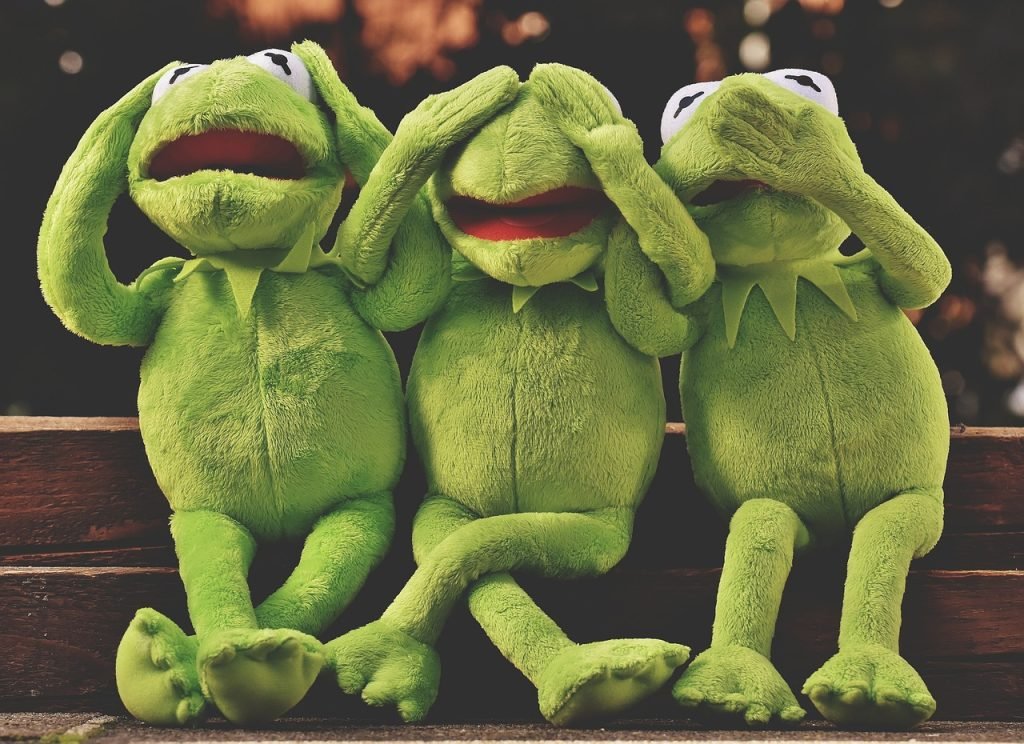Childhood is a time of wonder, where magical unicorns prance in our dreams and superheroes soar across city skylines. But as enchanting as the world of toys can be, how do we ensure they’re safe for our little explorers?
Why is toy safety non-negotiable?
Ah, the sounds of laughter, the imaginative play sessions, the treasured moments where a mere toy transforms into a conduit of dreams. Isn’t that what we envision when considering our children at play? But intertwined with these dreamy images is a responsibility, a duty – the paramount importance of toy safety. Let’s delve deeper into why toy safety is truly non-negotiable.
Innocence at Play Children, with their wide-eyed wonder, approach the world differently than adults. A bead isn’t just a bead; it might be a candy in their imagination. A balloon isn’t just an inflated piece of rubber; it might be a giant bubble, asking to be popped. This very innocence, while endearing, underscores the need for safe toys. If they can’t differentiate between a toy and a potential threat, shouldn’t we be the ones to ensure that line never blurs?
Physical Vulnerabilities Consider the physiology of a child. Their respiratory and digestive systems are still developing. A seemingly harmless small toy part to an adult can obstruct a child’s airway, leading to choking. Their skin is more permeable, making them susceptible to chemicals that adults might resist. A child’s system, if exposed to toxins from poorly-made toys, can have adverse reactions. Is it worth the risk?
The Mental and Emotional Impact Imagine a toy breaking apart, causing a minor injury. The physical wound might heal, but the emotional scar remains. The child might develop an irrational fear, not just of that toy, but of any similar objects. Furthermore, as parents, the guilt and anxiety of such situations can be overwhelming. Aren’t peace of mind and the emotional well-being of our child invaluable?
A Cascade of Learning Safe toys are not just about immediate safety. They’re a starting point, teaching children about trust and setting boundaries in their environment. By ensuring the toys they interact with are safe, we are instilling a subconscious understanding of what it means to be in a secure environment, paving the way for them to make safe choices in the future. Isn’t that a lesson worth imparting?
The Legal and Ethical Standpoint Beyond the immediate family, there’s a societal perspective. Manufacturers are bound by laws and standards for a reason. These standards are derived from years of research and unfortunate past incidents. When we bypass these safety standards, not only are we putting our children at risk, but we’re also inadvertently supporting unethical practices. Don’t we owe it to our society to be responsible consumers?
Toy safety transcends the immediate playtime. It’s about safeguarding a child’s present and shaping their future. It’s about ensuring that the sanctuary of childhood remains inviolate. So, the next time you find yourself browsing through the toy aisle, remember, safety isn’t just a checklist; it’s a commitment, one that is absolutely non-negotiable.
Materials Matter: The Lowdown on Toy Components
- Plastics: Not all plastics are born equal. Some contain harmful chemicals. Look for labels like “BPA-free.”
- Paints: Have you ever seen a child who doesn’t put toys in their mouth? Make sure paints are non-toxic and lead-free.
Ever wondered why materials are a big deal? They directly impact our children’s health!
Choking Hazards: The Silent Threat
Toys with small parts can be a parent’s worst nightmare.
- Rule of thumb: If it fits inside a toilet paper roll, it’s a potential choking hazard.
Pro tip: Always read the label. If it says “not suitable for children under three”, it’s not just a suggestion – it’s a lifesaver!
Sound Levels: Protecting Tiny Ears
Did you know? Some toys can be as loud as a lawnmower!
Would you want your child playing with a chainsaw? Of course not!
- Invest in toys with adjustable volume or ensure they’re not too loud at the get-go.
The Age Grading System: A Parent’s Best Friend
- Toys often come with an age recommendation. Think of it as a secret message from one parent to another. It takes into account safety aspects tailored to specific ages.
Recalls: Staying Updated
- Toys get recalled. Period. Stay updated. Websites and apps can notify you of any toy recalls.
Tips for Smart Toy Shopping
- Research: Always check reviews and ratings. A toy’s popularity is a testament to its safety and appeal.
- Store choice: Opt for reputable stores. They’re less likely to stock counterfeit or non-compliant toys.
Examples of Safe Toy Choices
- Wooden blocks: Eco-friendly, durable, and safe.
- Books: Feed the mind while ensuring physical safety.
- Craft kits: They not only spark creativity but are generally free from tiny parts.
Remember, safety doesn’t mean boring!
Wrapping Up: The Key Takeaways
- Materials Matter: Ensure they’re kid-friendly.
- Stay Updated: Recalls can happen.
- Smart Shopping: Research, review, and then buy.
Key Takeaway In the shimmering galaxy of toys, let’s ensure our children reach out for the stars, not the storms. By being vigilant and informed, every playtime can be both fun and safe. After all, isn’t that the real magic of childhood?
And always remember, safe toys are the best playmates.



